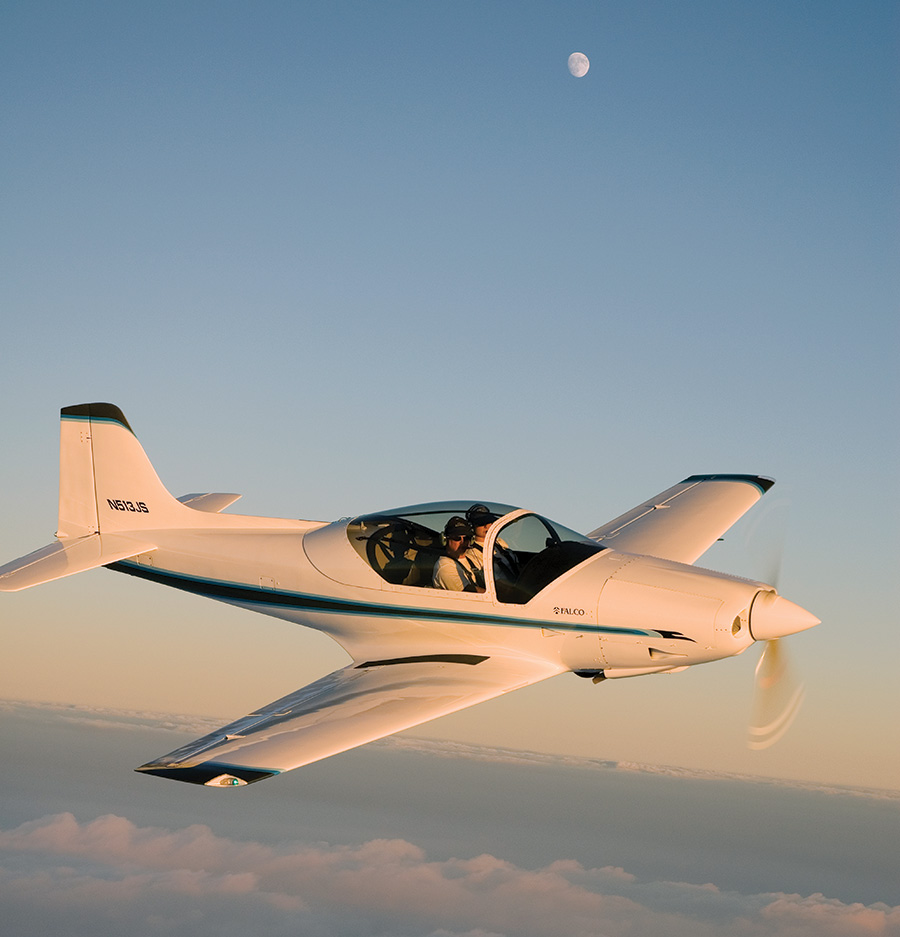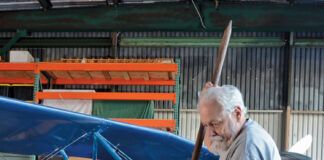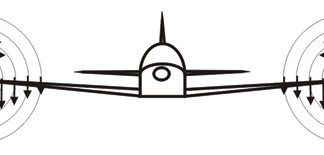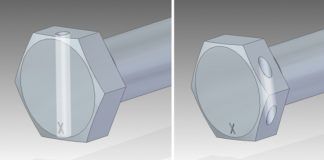Many homebuilders are caught off guard by the often stringent training requirements and cost of insurance for the first year of flying coverage. A higher potential for loss drives insurance companies’ strict requirements, but with knowledge and planning, you can meet their conditions. Here’s some pre-completion advice to those of you still in the build phase.
Right now, Van’s Aircraft is among the most popular of homebuilts. Currently, eight companies offer insurance for Van’s RVs. However, out of those eight, only a few offer coverage during the fly-off period without coverage restrictions. For other kit aircraft, the number of companies willing to insure the fly-off period may be smaller. For example, Kitfox, Rans, Glasair, Sonex, and Lancair may only have two or three companies insuring them, depending on the model type. Some of these models could only have one. It’s much harder to place insurance for uncommon kit aircraft, as there are not enough flying for insurance companies to decide rates, so fewer are willing to quote them.
The fly-off period generally comprises the first 40 hours the aircraft will be flying after you complete it. The fly-off hours required can sometimes be lower depending on the propeller and engine combination or if your plane is classified as a Light Sport Aircraft.
Pilot Hours
Minimum pilot hours are an important factor in the process of insuring a recently completed plane. Required hours vary, depending on which model you are building. It can be quite shocking to complete your aircraft and be ready to fly, just to be told you do not meet the insurance companies’ minimum pilot requirements. The table shows suggested minimums for ratings and hours for a few popular homebuilt aircraft. Note these suggested minimums will not necessarily exclude you from getting quotes, but are just recommendations to acquire the best price for your first year. In order to obtain coverage with a stable, dependable insurance company for more complex aircraft such as a Lancair, you’ll need to be a higher-time pilot with time in the aircraft you wish to insure. If you do not have any time in your type, however, there are a few newer insurance companies willing to offer quotes.
Types of Coverage
Not all insurance is the same. Make sure you understand the different kinds of coverage available.
• Ground and Flight: Provides physical damage and liability coverage while the aircraft is flying, taxiing, and on the ground.
• Ground Not in Flight: Provides physical damage coverage only while the aircraft is taxiing (off the active runway) and while on the ground. The liability portion of the coverage applies while flying, taxiing, and on the ground.
• Ground Not in Motion: Provides physical damage coverage only while the aircraft is not in motion (under its own power). The liability portion of the coverage applies while flying, taxiing, and on the ground.
• Liability Only: Provides no physical damage coverage, only liability while flying, taxiing, and on the ground.
• Storage: Provides hull and liability coverage only while the aircraft is not in motion (under its own power). The liability portion of the coverage excludes passengers.
Dual Instruction
Another variable that inevitably comes up is how much dual instruction is required. We suggest you contact your insurance broker for full flight insurance quotes well in advance of the time you’ll need them—three to six months as a rule of thumb—so you can gauge the time and expense of training requirements. Once your broker works with you to select an insurance carrier, you will know how much dual instruction the insurance company requires. The quote may also list solo requirements, which you must fulfill in your aircraft prior to carrying passengers.
Transition Training
After you receive the quotes and select a carrier, you can start planning transition training. The insurance companies that insure the fly-off period understand that this can be difficult, and may provide some leeway on the model in which you train, depending on the aircraft. The new Additional Pilot Program may help in some cases, and more kit companies are committed to helping with transition training all the time. If you’ve built a Van’s RV, for example, you may be able to train in any Van’s model with the same gear type (tailwheel or trigear) as your aircraft. If you plan on training in a model that you are not building, however, it is advised that you verify instruction in the planned model will be approved by the insurance company. For more complex aircraft like the Lancair Evolution, you will need to plan on a more extensive training program. There are several places for you to do this; ask your broker for more specific information.

If you’ve built a Van’s RV, you may be able to train in any Van’s model with the same gear type (tailwheel or trigear) as your aircraft. (Photo: George Ford and Stephen Christopher)
For Glasair, Sonex, and Rans aircraft, the insurance companies likely will require you to train in the same model you have built since these manufacturers are not as common and do not have as many similar models available.
Understandably, this is a lot of information to digest, especially when completing the aircraft is your first priority. By planning ahead, you can make the transition from workshop to cockpit smooth. Be sure to contact your broker for any questions or concerns you may have.
Shanna Linton and Jennifer Cummins are homebuilt insurance specialists with NationAir Aviation Insurance. You can contact them at: [email protected], (877) 577-8267 or [email protected], (855) 538-8267.






